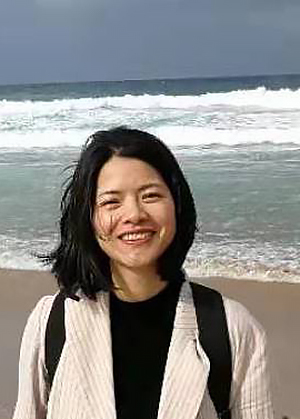USTC Astronomy Colloquium Series: 2022 Spring
Uncover the assembly histories of galaxies in the Fornax cluster combing stellar kinematics and Populations
Ling Zhu 研究员
上海天文台
2022/5/17, 4:00pm , 腾讯会议:383-388-936

报告人:
Shanghai Astronomical Observatory2018.09- Shanghai Astronomical observatory, ChinaIndependent Research Group Leader2013.09-2018.08 Max Planck Institute for Astronomy, GermanyPost-doctoral Fellow2008.09-2013.07 Ph.D. in Astrophysics: Tsinghua University, ChinaAdvisor: Shude Mao; Thesis title: galactic dynamics and structure2004.09-2008.07 B.S. in Physics: Tsinghua University, China摘要:
Modern integral field unit spectrographs offer the ability to map the spatial distribution of the motions, ages, and chemical abundances of stars in galaxies. This unprecedented detailed view of galaxies offered by the data demands equally revolutionary analysis and modelling tools. For example, rather than simple integrated quantities within a given projected spatial region, the population-orbital superposition method developed in our group allows for the recovery of the intrinsic distributions of ages, chemical abundances and kinematics of separate components within a galaxy. By applying the new method to the galaxies in the Fornax cluster observed by MUSE/VLT through the Fornax 3D project, we have been able to decompose each galaxy chemo-dynamically as can be done for the Milky Way. Which leads to (1) the recovery of the assembly and heating of stellar disks across cosmic time for galaxies in the Fornax cluster, and (2) the quantitative recovery of ancient massive mergers in two galaxies NGC 1380 and NGC 1427, which are the first major merger events found in galaxies beyond the local volume. Our chemo-dynamical method, when applied to extended deep IFU data and in combination with cosmological galaxy simulations, can quantitatively unravel the assemby history of a large number of nearby galaxies. 邮编:230026 ,
邮编:230026 ,  联系电话: 0551-63601861
联系电话: 0551-63601861 Email:
Email: